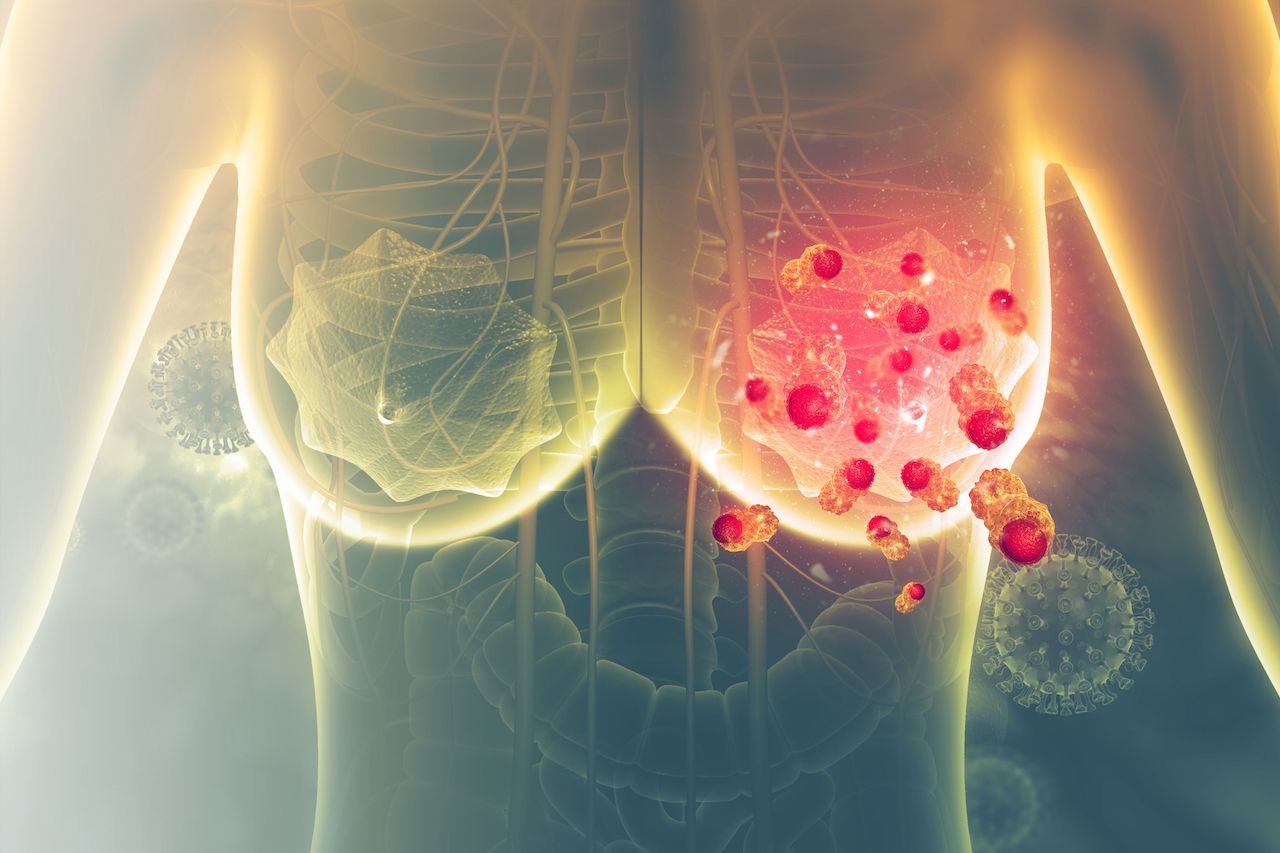News
Article
Women Value Different Aspects of Care in Breast Reconstruction
Author(s):
Women of varying backgrounds, educational levels, and marriage status opted for different types of breast reconstruction based on different values.
Additional operations, appearance, and risk of complications were among the different factors that played a part in how women approached breast reconstruction after mastectomy, according to JAMA Surgery. Patient-physician discussions prior to surgery could improve through tailoring based on preferences.
Breast reconstruction can result in 20% to 40% of patients regretting portions of it due to not reflecting their personal preferences. Understanding the most important aspects of breast reconstruction for each person is vital for the patient to make an informed decision, the authors wrote. The cross-sectional study used the adaptive choice-based conjoint analysis to ask patients what the most important aspects of breast reconstruction were for each of them.
3d rendered illustration - breast cancer | Image credit: SciePro - stock.adobe.com

Patients were recruited from Duke University if they had a new diagnosis or a genetic predisposition to breast cancer. Patients seen between March 1, 2022, and January 31, 2023, for consideration of a masetectomy with reconstruction were considered for the study. The Love Research Army registry was also used to identify women who were considering a mastectomy between June 1 and December 31, 2022. Women who were younger than 18 years, had metastatic disease, or were not considering postmastectomy breast reconstruction were excluded.
Conjoint analysis, where participants receive a survey to determine each participant’s evaluation of different attributes, was used to determine the treatment preferences of women. A list of 5 most important attributes was collected after literature search and consulting with surgeons at Duke University: breast appearance, risk of abdominal morbidity, recovery time, number of additional operations, and chance of major complications.
Sawtooth Software was used to host the survey with graphics that helped respondents visualize treatment scenarios. All participants received a training module about breast reconstruction that included patient images of reconstruction. Scenarios that involved trade-offs were presented and participants were asked what their preferred scenario was. Participants lastly provided demographic information.
There were 406 women who completed this survey. The women had a mean (SD) age of 55.8 (12.8) years, 5% were African American, 5% were Hispanic, and 89% were White. A total of 73% of participants were married or had a civil partnership and 60% had insurance provided by their employer.
The self-reported calculated comorbidity score was a mean (SD) of 3.5 (3.2), with most participants having very good health (43%). A total of 36% of participants had a lumpectomy, 34% had radiotherapy, and 17% had a history of cosmetic breast surgery.
Abdominal morbidity was the most important attribute in the overall sample in the decision making process (mean [SD] relative importance [RI], 28% [11%]), with risk of major complications (25% [10%]), number of additional operations (23% [12%]), appearance of breasts (13% [12%]), and recovery time (11% [7%]) also being important to patients. The implant profile was preferred by 85% of the participants. Abdominal morbidity (mean [SD] RI, 30% [11%]), risk of complications (26% [11%]), and additional operations (21% [12%]) were the top important factors for patients who preferred the implant profile. Patients were compelled by low risks of abdominal morbidity and complications and a low number of additional operations.
Patients who preferred the flap profile considered additional operations (mean [SD] RI, 31% [15%]), appearance of breasts (27% [16%]), and risk of complications (18% [6%]) as their most important attributes when considering surgery. These patients preferred the appearance of the flap profile and wanted a lower number of operations.
Patients were more likely to choose the flap profile if they were married (OR, 2.30; 95% CI, 1.04-5.08) or had a college education (OR, 2.43; 95% CI, 1.01-5.86). Patients were less likely to select a flap profile if they had an income level of more than $75,000 per year (OR, 0.45; 95% CI, 0.21-0.97). A total of 34% of the participants who preferred the implant profile said that they preferred the appearance of the flap profile. Patients were willing to accept a mean (SD) increase of 14.9% (2.2%) chance of abdominal morbidity or 6.4% (4.8%) chance of complications to have the appearance of a flap reconstruction.
There were some limitations to this study. The data were self-reported and data on those who did not complete the instrument could not be collected. The factors included may not represent all of the different factors that women have to consider. The data set consisted mainly of upper-middle class and White women, which could limit generalizability. All possible treatment scenarios were not covered in the study.
The researchers concluded that this study provided information on what factors were the most important to women who were considering breast reconstruction. Decision support tools can be developed that can promote more discussions on how to incorporate patient preferences into breast reconstruction surgeries.
Reference
Shammas RL, Hung A, Mullikin A, et al. Patient preferences for postmastectomy breast reconstruction. JAMA Surg. Published online September 27, 2023. doi:10.1001/jamasurg.2023.4432





